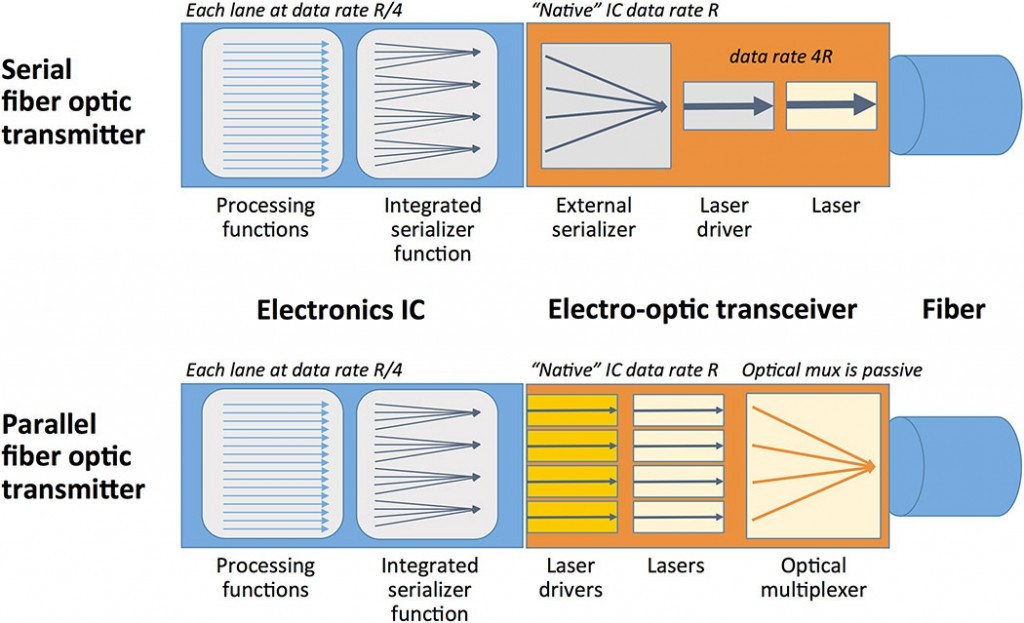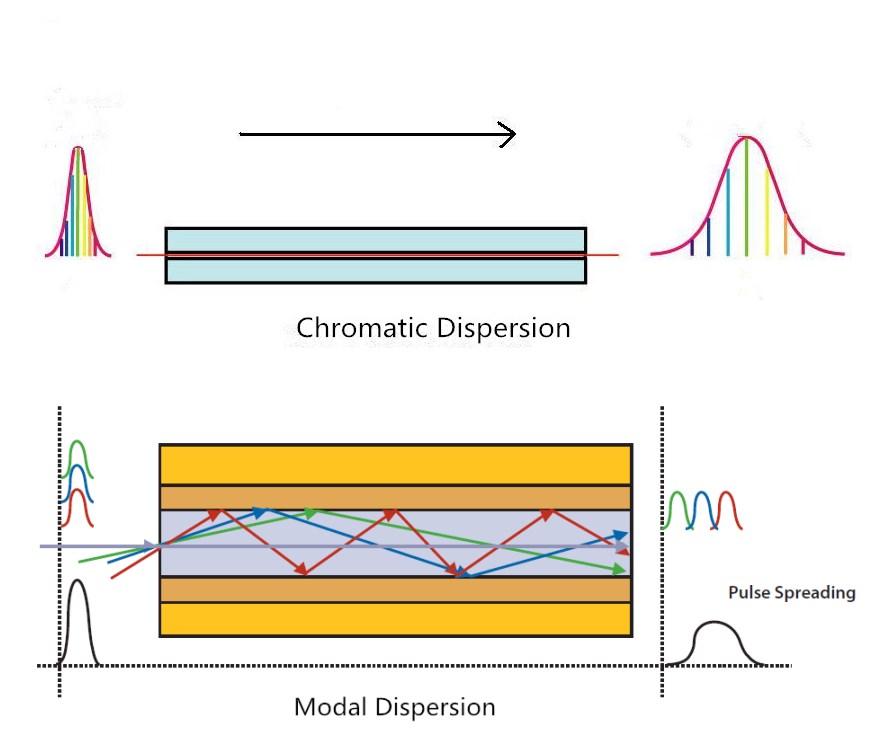Fiber patch cable, also known as fiber optic jumper or fiber optic patch cord, is designed to interconnect or cross connect fiber networks within structured cabling systems. The connectors capped at either end of the fiber patch cable allow it to be rapidly and conveniently connected to an optical switch, cable television (CATV) or other telecommunication equipment. Depending on transmission medium, the fiber patch cable can be classified into single-mode fiber patch cable and multimode fiber patch cable.
Single-mode fiber patch cables or single mode fiber jumpers are generally yellow. They are composed of one fiber optic cable terminated with single mode fiber optic connectors at both ends. It is usually used for connections over large areas, such as college campuses and cable television networks. Compared with multimode fiber patch cable, single-mode fiber patch cable have a higher bandwidth. The following figure shows the common single-mode fiber patch cable which is with blue connectors at both ends.

Multimode fiber patch cable, which is generally orange or grey, is composed of a fiber optic cable terminated with multimode fiber optic connectors at both ends. Its connectors are generally cream or black (as shown below). Due to the high capacity and high reliability, multi-mode fiber patch cables are a good choice for transmitting data and voice signals over shorter distances. They are typically used for data and audio/visual applications in local-area networks and connections within buildings.

The main difference between single-mode and multimode patch cable is the size of their respective cores.
Single-mode fiber optic patch cables use 9/125 (“9″ represents the diameter of the core, and “125” represents the diameter of the cladding) micron bulk single-mode fiber cables. The most common type of single-mode fiber has a core diameter of 8 to 10 microns. In single-mode cables, light travels toward the center of the core in a single wavelength, allowing the signal to travel faster and over longer distances without a loss of signal quality than is possible with multimode cabling.
Multimode fiber patch cables use 62.5/125 (“62.5″ represents the diameter of the core, and “125” represents the diameter of the cladding) micron or 50/125 (“50″ represents the diameter of the core, and “125” represents the diameter of the cladding) micron multimode fiber cables. In other words, the core of the multimode fiber patch cable is either 50 or 62.5 microns. Compared with single-mode cable, the larger core of the multimode cable gathers more light, and this light reflects off the core and allows more signals to be transmitted. Although it is more cost-effective than single-mode cable, the multimode cabling does not maintain signal quality over long distances.
In conclusion, both single-mode fiber patch cable and multimode fiber patch cable have their respective applications. They can be used in computer work station to outlet and patch panels or optical cross connect distribution center. Whether to choose single mode or multimode depends on many factors, like the applications, the distance requirement, the budge, etc.














